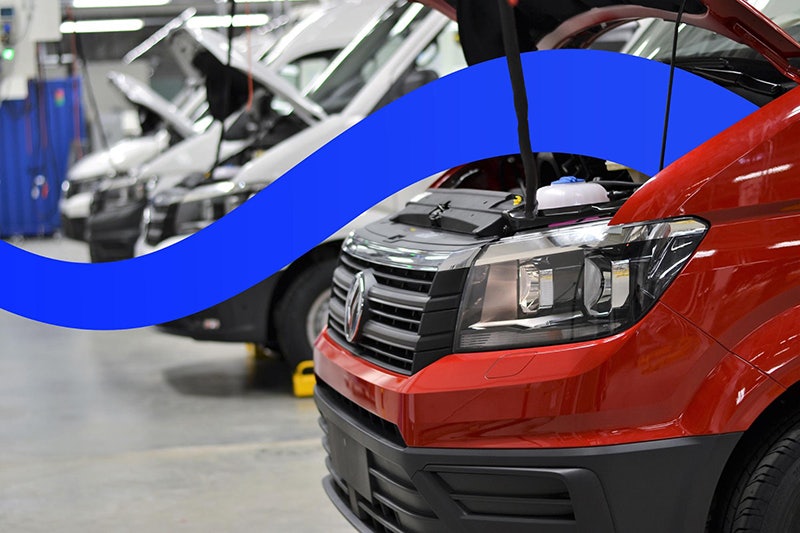Looking to save on fleet insurance? First, you’ll want to get an idea of what factors into the price.
What determines fleet insurance cost?
1) Type of vehicles
The type of vehicle you choose to insure has a significant effect on the premiums you’ll pay for the coverage you need.
Typically, cars are less expensive to insure than SUVs and some vans, while trucks can be some of the most expensive vehicles to insure (depending on whether they’re light-duty, medium-duty, or heavy-duty).
2) Age of vehicles
Newer vehicles can be more expensive to repair than older vehicles, so the age of your fleet plays a role in the total cost of the insurance policy.
3) Condition of vehicles
Vehicles in good repair are safer to operate and, thus, typically cost less to insure. This also highlights the importance of adhering to a regular fleet maintenance schedule.
4) Value of vehicles
Similarly, the value of the vehicles you choose to include in your fleet insurance policy dramatically affects the premiums you’ll pay to keep everything covered.
5) Intended use
The intended use of the vehicles in your fleet can have a significant effect on the total cost of the policy.
For example, if your fleet is involved in house calls — e.g., electrical repair, plumbing repair, computer repair — you’ll likely pay less than a business whose fleet is more active — e.g., taxi companies, car rental companies, shipping and transport companies.
6) Policy options
Advanced policies that cover more potential issues are more expensive than basic combined policies that only cover bodily injury and property damage.
Your needs may be fixed in terms of the types of vehicles and their intended use, but there’s still a number of ways you can look into reducing your fleet insurance costs.
Tips To Save Money On Fleet Insurance
1) Shop around
Before purchasing a fleet insurance policy, be sure to shop around and get quotes from multiple providers. Doing so will ensure that you don’t overpay for the coverage you need.
2) Identify your fleet’s risk profile
Reviewing your fleet’s risk profile involves analyzing your claims history and identifying patterns that your provider can then use to craft the best policy for your business.
In many cases, identifying your fleet’s risk profile can lead to significant savings when it comes time to pay premiums.
3) Install dash cams
Installing dash cams in your vehicles can help protect your business from fraudulent claims when accidents occur and help settle disputes over who was at fault.
Similarly, installing backup cameras can also help reduce the risk of damage to your vehicles and the vehicles of others.
4) Maintain high safety standards
Maintaining high safety standards signals to potential insurers that you’re serious about driver, property, and pedestrian safety while your vehicles are on the road.
As a result, your provider may feel more comfortable offering your business a better deal on coverage.
5) Install telematics
Installing telematics can help you monitor the condition of your vehicles and prevent serious breakdowns.
The presence of such telematics — and the demonstration that you use them regularly — may result in reduced premiums.
Safety and maintenance factor significantly into insurance costs, so it’s well worth setting up a fleet policy with explicit safety criteria. You can read more on key components on fleet policies here.



